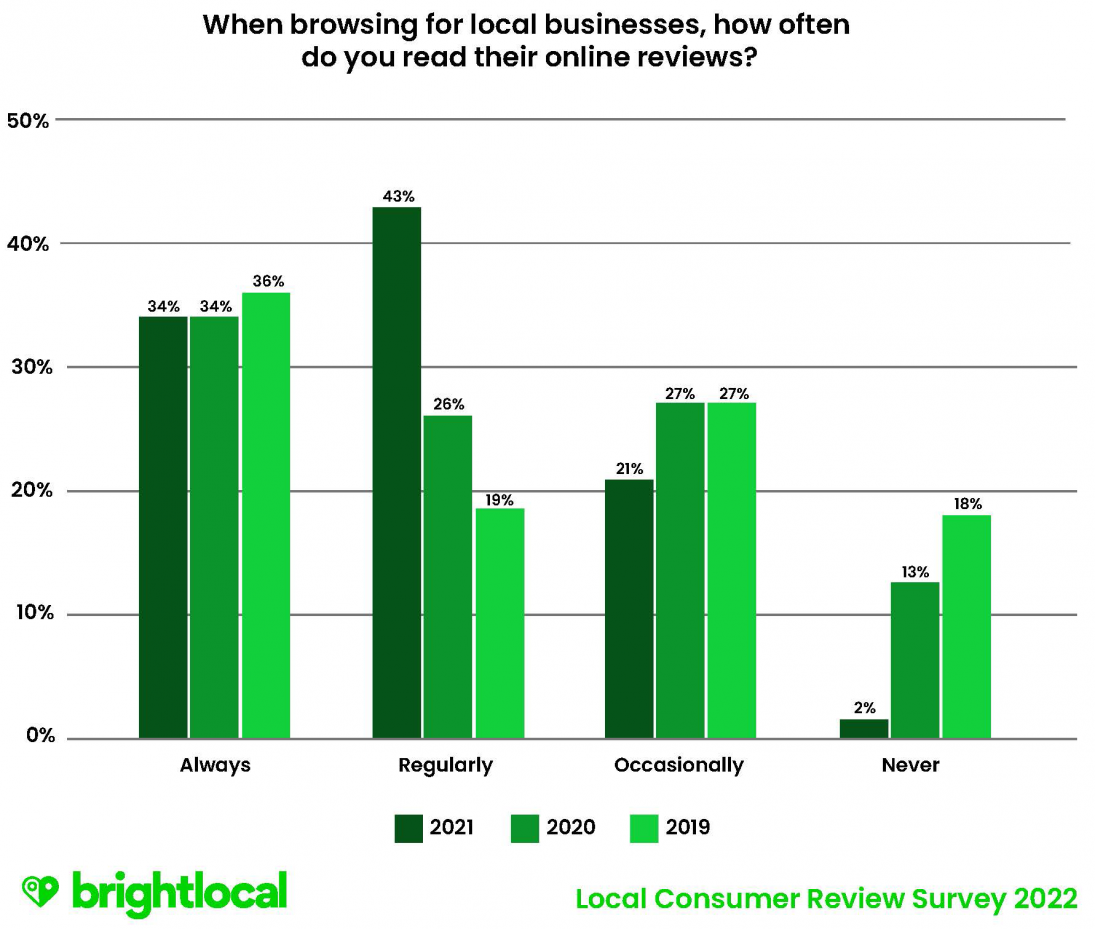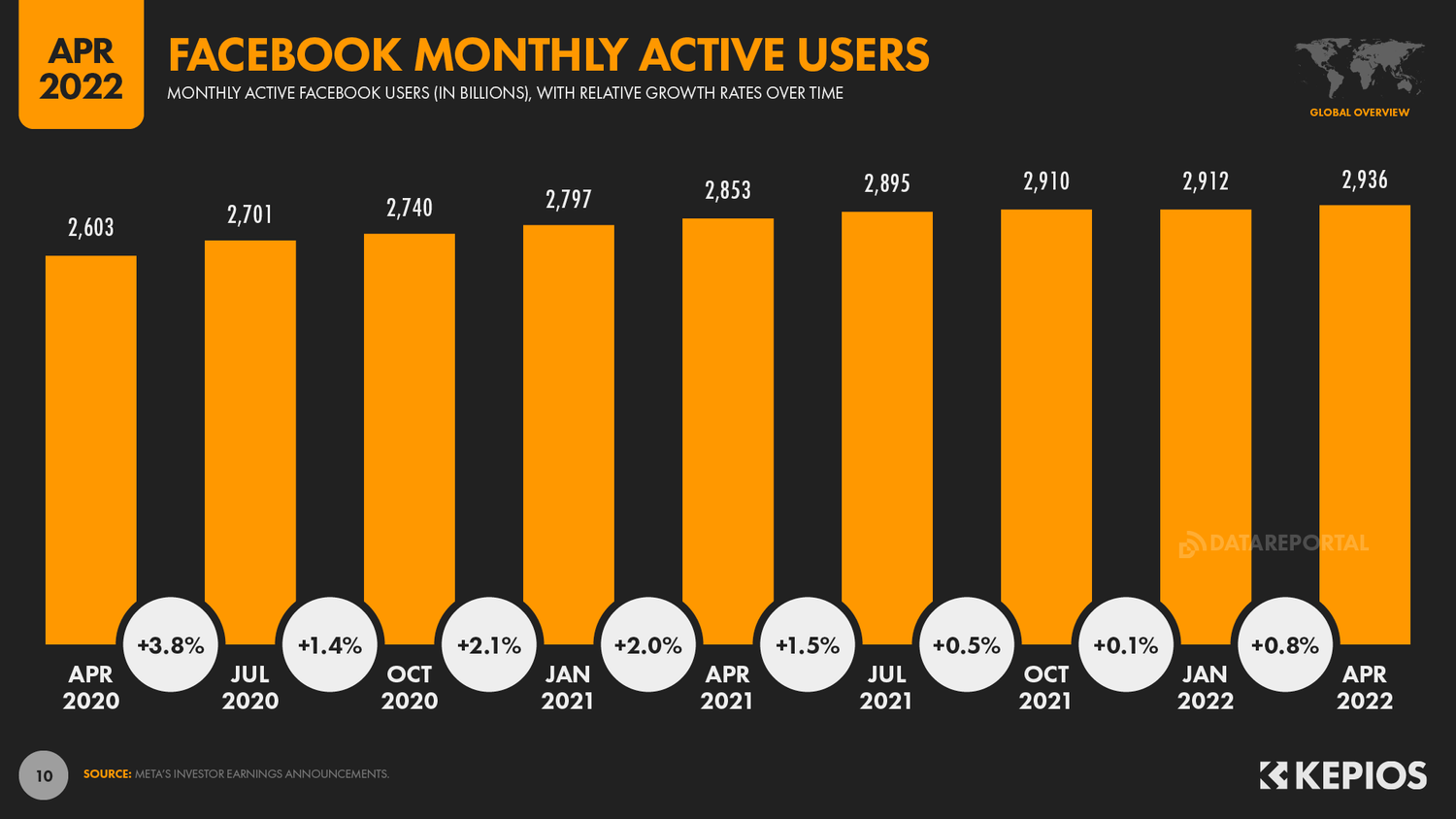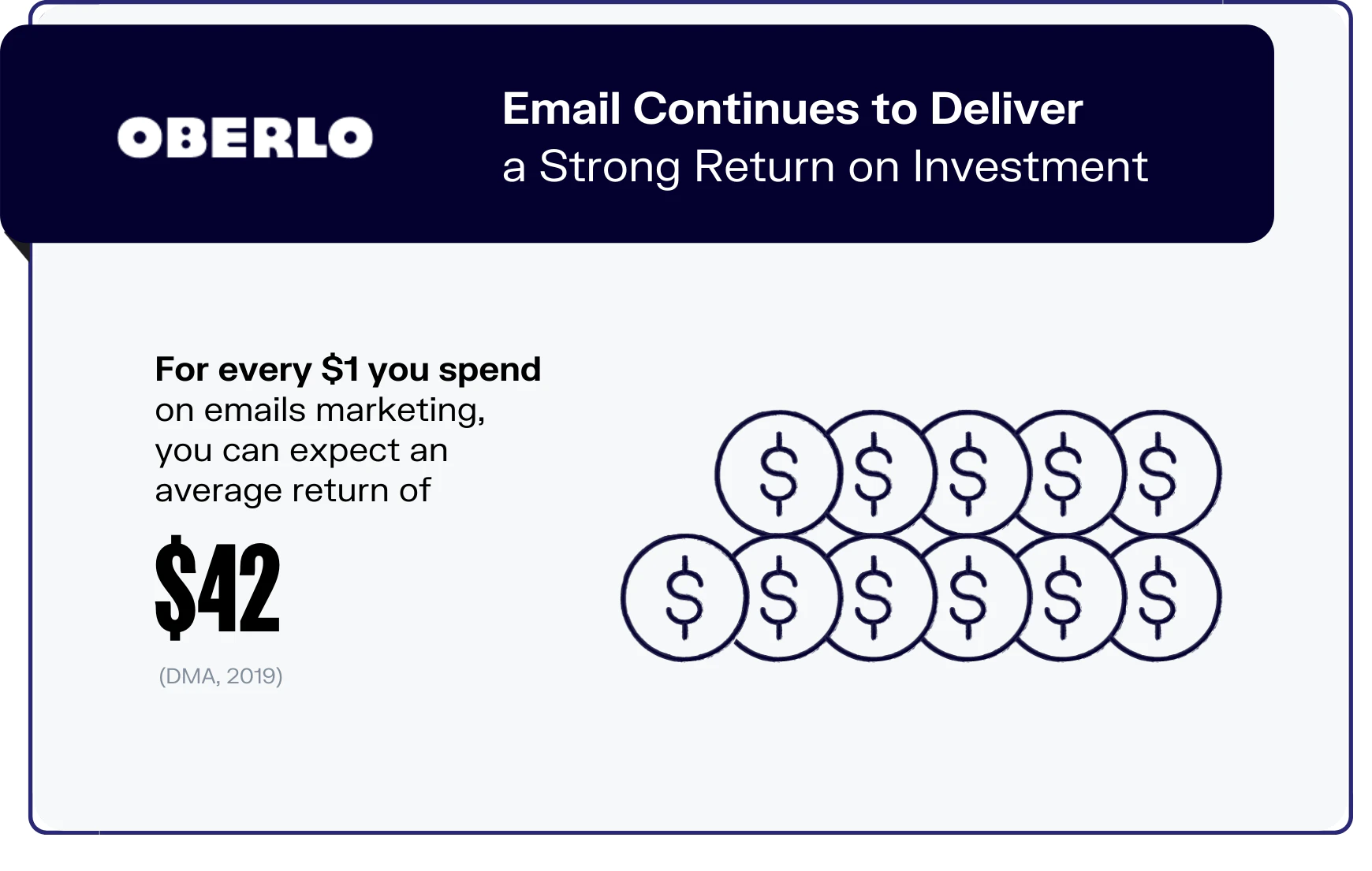Newsletters can help you find out what your customers want, communicate with them more effectively, and build the credibility of your brand. You can also run giveaways, highlight local events, or talk about your referral program. They’re a great way to show your existing customers who you are, and what’s currently on offer.
However, it’s important to highlight that you shouldn’t bombard your customers with too many emails, as it will have the opposite effect of what you want. Make sure to think through the timing on when you’re sending your emails, and customize your content as much as you can to meet your customer’s needs better.
7. Use your online store to your advantage
If you run a brick-and-mortar store, you can use it to drive customers to your website. You can, for instance, ask your customers to sign up for your email list and join your loyalty program, give out flyers with promotion codes, and put your web address on receipts, allowing people to stay engaged with your business even when they aren’t physically there.
Ideally, you want a back-and-forth relationship, where foot traffic turns into online traffic, which turns into even more foot traffic!
8. Value the customers you already have
Even a 5% increase in customer retention can lead to a boost in profits of 25%! While bringing in new customers is important, make sure to nurture existing relationships. After all, your customers have already purchased your products, and they know and trust you. They’re likely to be the biggest promoters of your brand (free marketing!), as well as coming back time and time again.
9. Invest in paid ads
While it’s better to work on building long-term organic traffic, short-term plays can definitely pay off. PPC advertising targets customers who expressed high interest in products you’re selling and are likely to purchase your product. It’s a great way to get your name out there, send people to your best landing pages and start building a reliable customer base.
Of course, since you’re targeting a local audience, think about print ads too – a mention in a local newspaper is likely to be as effective as targeted social media posts.
Remember, though, a good strategy should include this and long-term SEO plans…
10. Invest in SEO
Unlike PPC advertising, search engine optimization takes longer to show results. But, once those results start coming in, they stick around (and at no extra cost). SEO optimization will help you rank higher in SERPs (search engine result pages), meaning potential customers can find your business more easily.
There are two main types of SEO optimization:
Local SEO
Research shows that people are more likely to shop after a local search compared to non-local ones. But that only works if they know who you are! As we mentioned before, local SEO includes listing your business on Google My Business, Bing Places and Apple Maps Connect. You can go further with this – create localized content for your website, focus your keyword research in a particular area, and link up with other local brands.
Traditional SEO
While local SEO helps target specific geographical areas, traditional SEO aims to help businesses, regardless of their location, expand their digital reach. It’s especially worth investing in traditional SEO strategies to boost your brand’s visibility if you have an online store. Traditional SEO includes overall website optimization, product listings, using well-researched title tags and meta descriptions, conducting keyword and target market research, and so on.
11. Use forums and online communities
As we’ve already mentioned, customers tend to look at reviews rather than ads, and they’re almost always seeking the opinion of others before making a purchase. In order to improve your reputation and reach your target audience, consider joining various local forums and Facebook groups to post and share opinions on topics related to your business. However, while doing this, you should ensure your posts and comments don’t scream ads. They should be concise, clear, and helpful. Customers will come once they gain trust in you.
Don’t forget to make use of local directories either – simply having your name and phone number out there can do a lot.
12. Invest in customer service
One way towards customers’ hearts is through top-notch customer service – 93% of customers are more likely to make repeat purchases with a brand that offers great customer service! Improving your customer service is one of the best, and most cost-efficient, marketing tips we can give you. (Plus, it helps avoid those bad Yelp reviews).
To make your customer service impeccable, you need to try to listen and understand what your customers want, their problems and how they can solve them with the service or products you’re offering. Other tips include:
- Know your products, inside and out, to give the best advice
- Send personalized email campaigns
- Reward them with a loyalty schemes
- Provide discounts for long-term customers
- Ensure they can contact you through multiple channels (phone, email, social media)




















